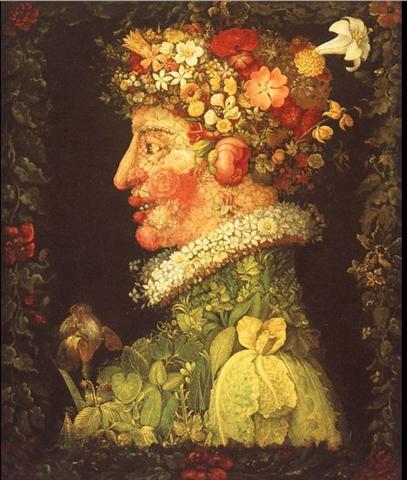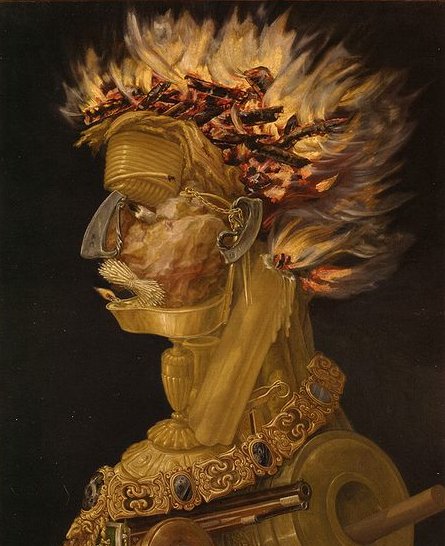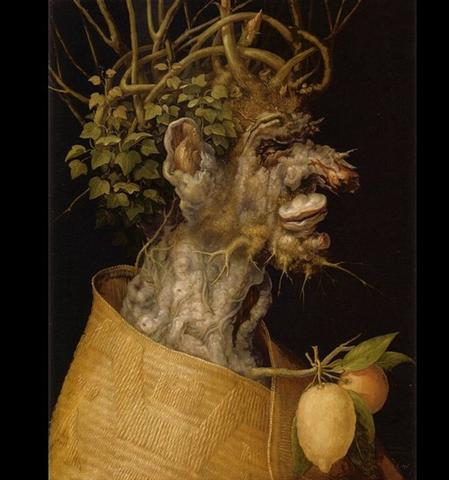Next page:
The type of glyph in Ga3-5 - in Roman times at the end of He Maro (June), in day 101 counted from 0h according to the First Point of Aries - is the first item in a long sequence of such glyphs, 32 in number:
I imagine the glyph type could describe how 'eating' (kai) - the figure at left - is not present (no hands visible). Instead it is Mother Earth (henua) who is enriching herself. On Easter Island it was 'winter-summer', an expression which should mean the winter which north of the equator was called summer.
North of the equator and in Roman times the smiling, comfortably warm, and broad season with much fruits was ahead, a season of nourishment in contrast to the starving in the past.
Or the Rat (kiore) - the kuhane of king Hotu Matua - was at the back side of Mother Earth preparing her for producing offspring. The glyphs, properly designed, could be ambigous in order to make the reading more pleasant. This would be a method for securing meaning by way of redundancy - exactly the opposite of how modern science strives to exclude everything except what is studied (and at the same time disintegrating meaning). The same manner of ancient redundancy explains the bunch of superficially different myths for the same topic: "The name of the residence (maara noho) of the king, of Hotu, was Oromanga. The name of the place where the roof of the house had been covered by Nuku Kehu was Hare Topa (sic) Tuu. Nuku Kehu was also in charge of the feather garlands (maro), which served to mark the boundaries of the royal residence. He had pounded (the staffs with the feather garlands) into the ground. The middle (te tini) was located in front of the bay of Hanga Rua. The feather garlands went up, continued, and reached Puku Parari. They went up again and reached Puku O Heha. From Puku O Hea they formed (a line) to the side, to Aro Huri. From Aro Huri they turned again toward the sea and reached Maunga Koua, went down, went their way, and reached Hira Moko. (He) made a second line (? he rua taupa) of feather garlands." (Manuscript E:91 as translated in The Eighth Island.) Which can be compared with another story about pounding. At least two eyes are necessary for perceiving in depth. "It must be admitted, however, that the task of raising the sky was not always a long and arduous one. In the New Hebrides of Melanesia the sky was formerly so low overhead that a woman who was pounding roots in a mortar happened to strike the sky with her pestle. Greatly annoyed at the interruption she looked up and cried angrily, 'Go on up higher!' Whereat the sky meekly obeyed her. What actually happened probably was that the woman struck the low house roof with her pestle and cried angrily to her husband, 'If you don't raise that roof higher, I won't cook you another meal!' thus giving a strong impuls to the development of the science of architecture." (Makemson) |









